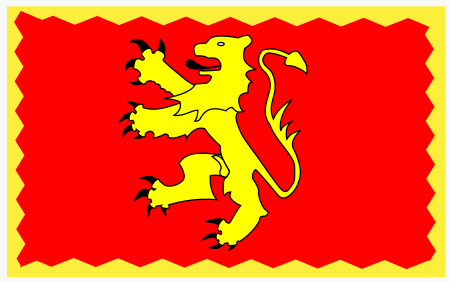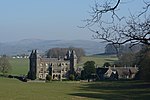Deheubarth

Deheubarth (Welsh pronunciation: [dɛˈhəɨbarθ]; lit. 'Right-hand Part', thus 'the South') was a regional name for the realms of south Wales, particularly as opposed to Gwynedd (Latin: Venedotia). It is now used as a shorthand for the various realms united under the House of Dinefwr, but that Deheubarth itself was not considered a proper kingdom on the model of Gwynedd, Powys, or Dyfed is shown by its rendering in Latin as dextralis pars or as Britonnes dexterales ("the Southern Britons") and not as a named land. In the oldest British writers, Deheubarth was used for all of modern Wales to distinguish it from Hen Ogledd (Y Gogledd), the northern lands whence Cunedda originated.
Excerpt from the Wikipedia article Deheubarth (License: CC BY-SA 3.0, Authors, Images).Deheubarth
Flood Plain Track,
Geographical coordinates (GPS) Address Nearby Places Show on map
Geographical coordinates (GPS)
| Latitude | Longitude |
|---|---|
| N 51.8768 ° | E -4.0184 ° |
Address
Dinefwr Park
Flood Plain Track
SA19 6RT , Llandeilo
Wales, United Kingdom
Open on Google Maps







